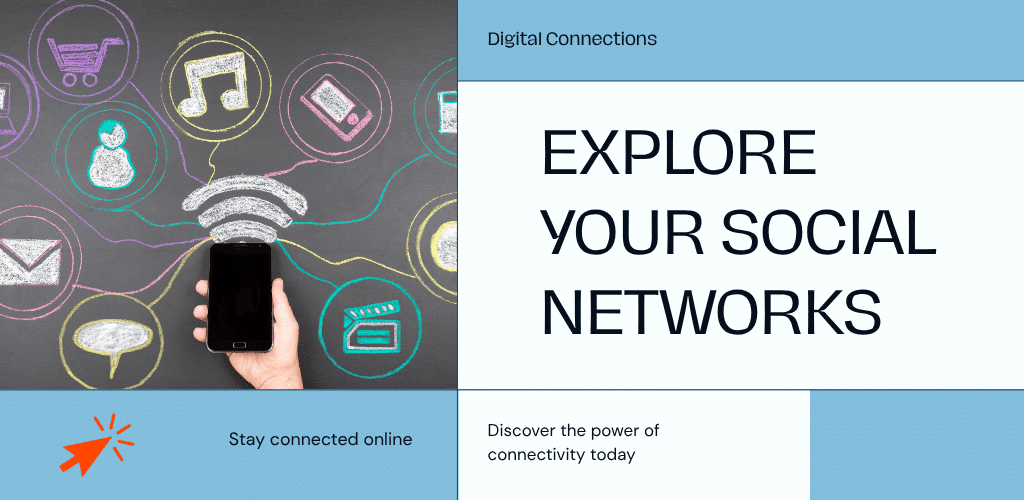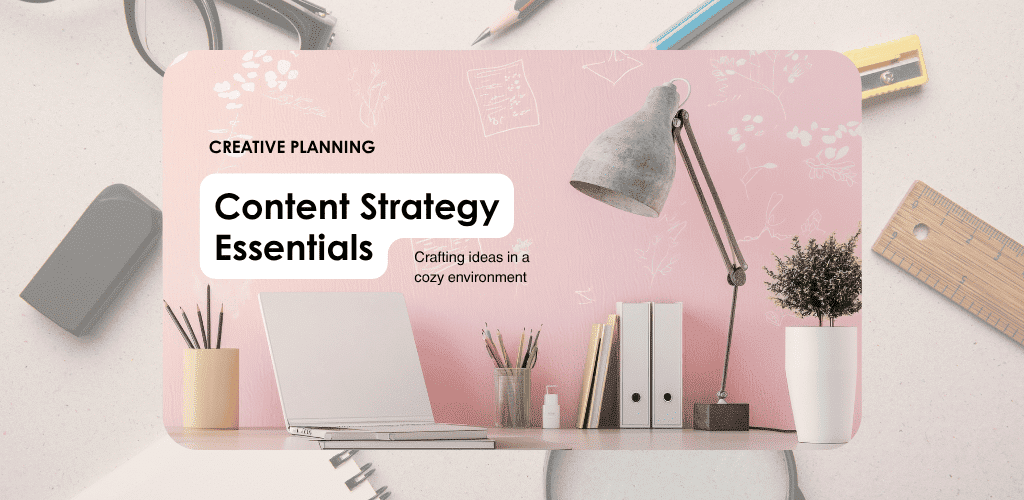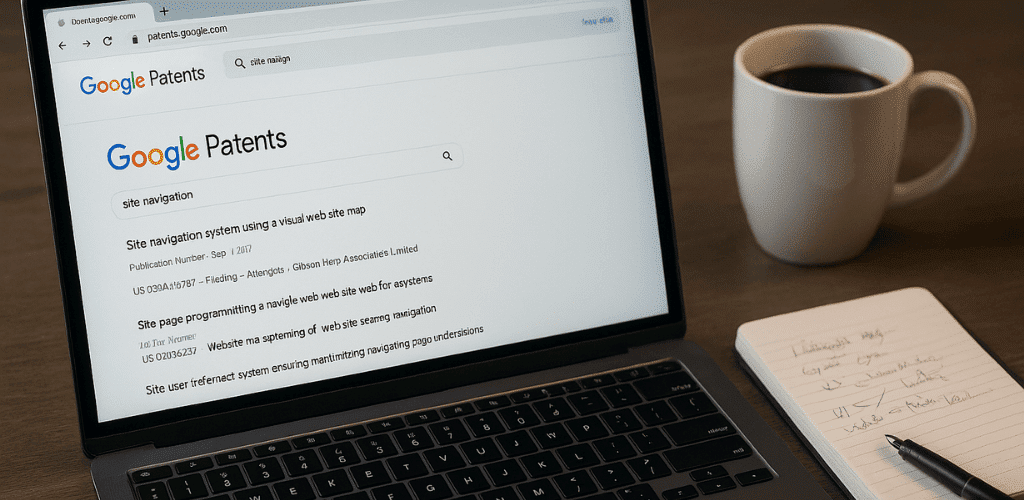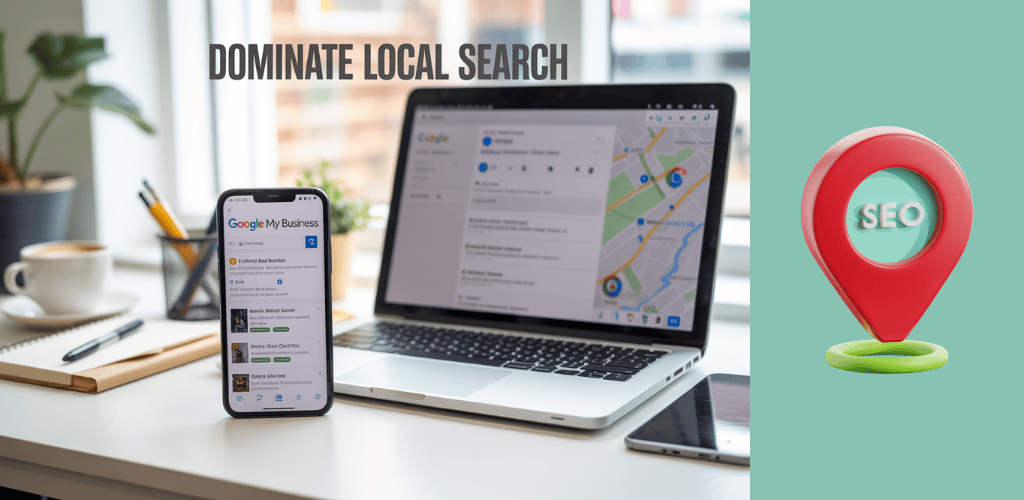Are you tired of your mobile ads being ignored? In today’s fast-paced digital world, capturing the attention of mobile users has become increasingly challenging. With countless ads vying for their attention, how can you make yours stand out? The answer lies in native advertising – a powerful strategy that seamlessly integrates your message into the user’s mobile experience.
Native ads have revolutionized the mobile advertising landscape, offering a non-disruptive way to engage your audience. Unlike traditional display ads, native ads blend in with the surrounding content, making them more appealing and less likely to be dismissed. But creating truly irresistible mobile native ads is an art that requires skill, creativity, and strategy.
In this blog post, we’ll guide you through five essential steps to create mobile native ads that captivate and convert. From understanding the power of native advertising to optimizing for maximum impact, you’ll learn how to design visually appealing ads, craft compelling content, and implement effective placement strategies. Whether you’re new to mobile advertising or looking to enhance your existing campaigns, these insights will help you create native ads that users can’t resist. Ready to transform your mobile advertising game? Let’s dive in!
Table of Contents
Understand the Power of Mobile Native Ads
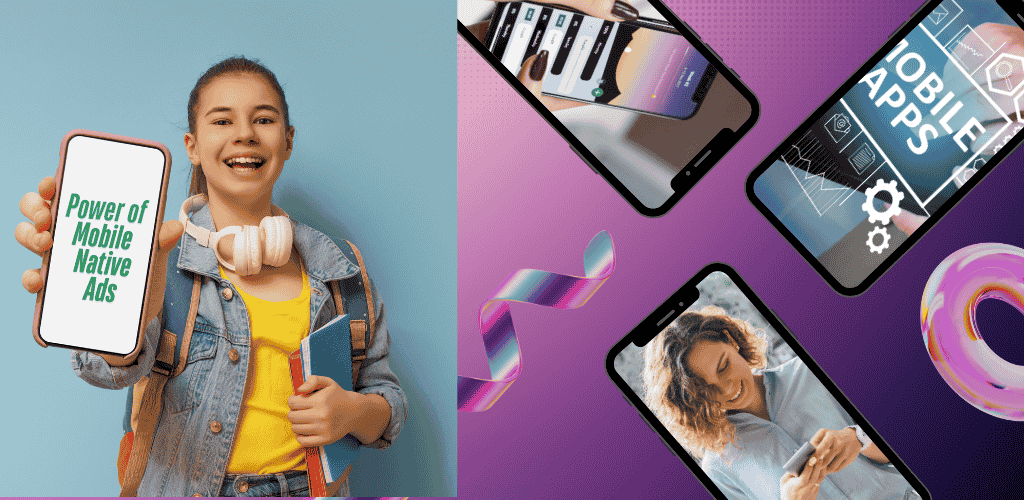
A. Define mobile native advertising
Mobile native ads seamlessly integrate into mobile apps or websites, mimicking the platform’s design for a fluid user experience. Unlike traditional ads, they flow within your feed, encouraging interaction without interruption. These ads match surrounding content style, embed within the user experience, and personalize based on behavior, making them more relevant to you.
B. Explore benefits over traditional ads
Mobile native ads offer several advantages:
- Less intrusive experience
- Higher engagement rates
- Build trust and credibility
- Better performance metrics
- Effective targeting for personalized experiences
| Metric | Native Ads | Traditional Ads |
|---|---|---|
| View rate | 53% higher | Lower |
| Engagement | 70% higher | Lower |
| Purchase intent | 71% increase | Lower |
Now that we’ve covered the power of mobile native ads, let’s explore how to design visually appealing and engaging ads in the next section.
Design Visually Appealing and Engaging Ads

Now that you understand the power of mobile native ads, let’s focus on designing visually appealing and engaging ads that captivate your audience. By following these key principles, you’ll create irresistible mobile native ads that stand out in the crowded digital landscape.
Create clear and concise content
When crafting your mobile native ads, remember that brevity is key. Use concise headlines and descriptions that quickly convey your message. Consider these guidelines:
| Element | Recommended Length |
|---|---|
| Headline | 25-40 characters |
| Description | 90-140 characters |
Incorporate eye-catching visuals
To make your ads truly engaging, use high-quality images that capture attention. Follow these platform-specific image size recommendations:
- Facebook: 1200×628 pixels
- Twitter: 800×418 pixels
- LinkedIn: 1200×627 pixels
Ensure mobile-specific design elements
Optimize your ads for mobile devices by:
- Using responsive layouts
- Implementing flexible designs
- Considering various screen sizes
With these design principles in mind, you’re ready to craft compelling and relevant content for your mobile native ads.
Craft Compelling and Relevant Content
Now that we’ve covered designing visually appealing ads, let’s focus on crafting compelling content.
A. Tailor messages to target audience
You need to understand your audience’s preferences and tailor your messages accordingly. Just as Stack Overflow caters to developers with technical questions, your mobile native ads should speak directly to your target users’ interests and needs.
B. Provide valuable information
| Content Type | Example |
|---|---|
| Technical | Troubleshooting guides |
| Informative | Industry trends |
| Engaging | Interactive elements |
Offer valuable information in your ads, similar to how Stack Overflow presents “Hot Network Questions” to engage users. This approach ensures your ads are relevant and useful to your audience.
With compelling content in place, we’ll next explore how native ads compare to display ads in effectiveness and user engagement.
Implement Effective Placement Strategies
Now that we’ve explored the advantages of native ads over display ads, let’s dive into implementing effective placement strategies for your mobile native ads.
Choose appropriate ad formats
You’ll want to select ad formats that seamlessly blend with your app’s content. Consider using in-feed ads, recommendation widgets, or video ads to enhance user engagement. Here’s a quick comparison of popular formats:
| Ad Format | Engagement Level | User Experience |
|---|---|---|
| In-feed | High | Seamless |
| Video | Very High | Immersive |
| Widget | Moderate | Non-intrusive |
Utilize in-app and mobile search advertising
Leverage the power of in-app advertising to reach users where they spend most of their time. You can also tap into mobile search advertising to capture user intent. Remember to:
- Align ad visuals with your app’s aesthetic
- Place ads naturally within the app’s flow
- Test different designs using A/B testing
With these strategies in place, you’re ready to optimize and test for maximum impact in the next section.
Optimize and Test for Maximum Impact
Now that you’ve implemented effective placement strategies, it’s time to optimize and test your mobile native ads for maximum impact. Here’s how you can refine your campaigns based on data-driven insights:
A. Conduct A/B testing on ad elements
You should systematically test different variations of your ad elements to identify what resonates best with your audience. Here’s a simple A/B testing framework:
| Element | Variation A | Variation B |
|---|---|---|
| Headline | Concise | Descriptive |
| Image | Product | Lifestyle |
| CTA | “Shop Now” | “Learn More” |
B. Monitor performance metrics
Track key performance indicators (KPIs) to gauge the success of your mobile native ads. Focus on:
- Engagement time
- Direct conversions
- Load times
- Responsiveness across devices
C. Refine campaigns based on data-driven insights
Use the data you’ve gathered to continuously improve your mobile native ads. Consider:
- Adjusting visual elements for better engagement
- Optimizing landing pages for faster load times
- Personalizing ad content for increased relevance
Native Ads Vs Display Ads
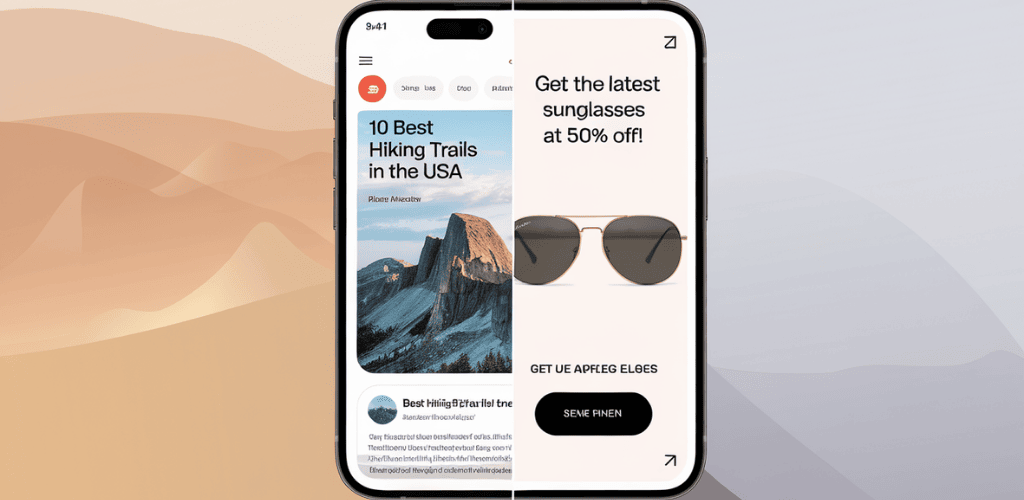
Now that you’ve learned how to craft compelling content for your mobile native ads, let’s explore how they differ from display ads. Understanding these differences will help you choose the right strategy for your advertising goals.
Native ads seamlessly integrate with a publisher’s content, matching the website’s aesthetics to enhance user experience. Display ads, on the other hand, are more conspicuous and come in various formats like banner ads and rich media ads. Here’s a quick comparison:
| Feature | Native Ads | Display Ads |
|---|---|---|
| Integration | Blend with content | Stand out visually |
| Click-Through Rate | Higher (0.8%) | Lower (0.09%) |
| Cost-per-Click | Generally higher | Generally lower |
| Best Use | Initial user capture | Awareness and retargeting |
With this understanding, you’ll be better equipped to implement effective placement strategies, which we’ll explore in the next section.
Creating irresistible mobile native ads doesn’t have to be a daunting task. By following the five steps outlined in this guide, you can craft compelling advertisements that seamlessly blend with the user experience while driving engagement and conversions. Remember to focus on visually appealing designs, relevant content, and strategic placement to maximize the impact of your native ads.
As you implement these strategies, don’t forget the importance of continuous optimization and testing. By monitoring key metrics and adjusting your approach based on data-driven insights, you’ll be able to refine your mobile native ads for even better performance. With the power of mobile advertising at your fingertips, you’re now equipped to create native ads that captivate your audience and deliver results for your brand.


